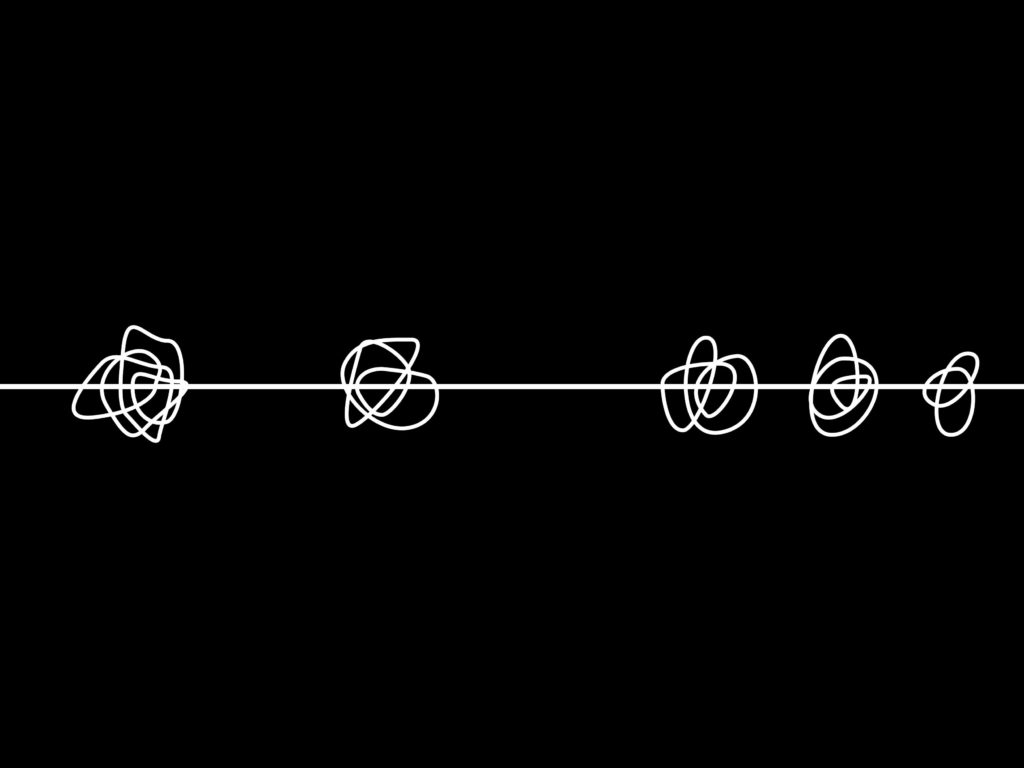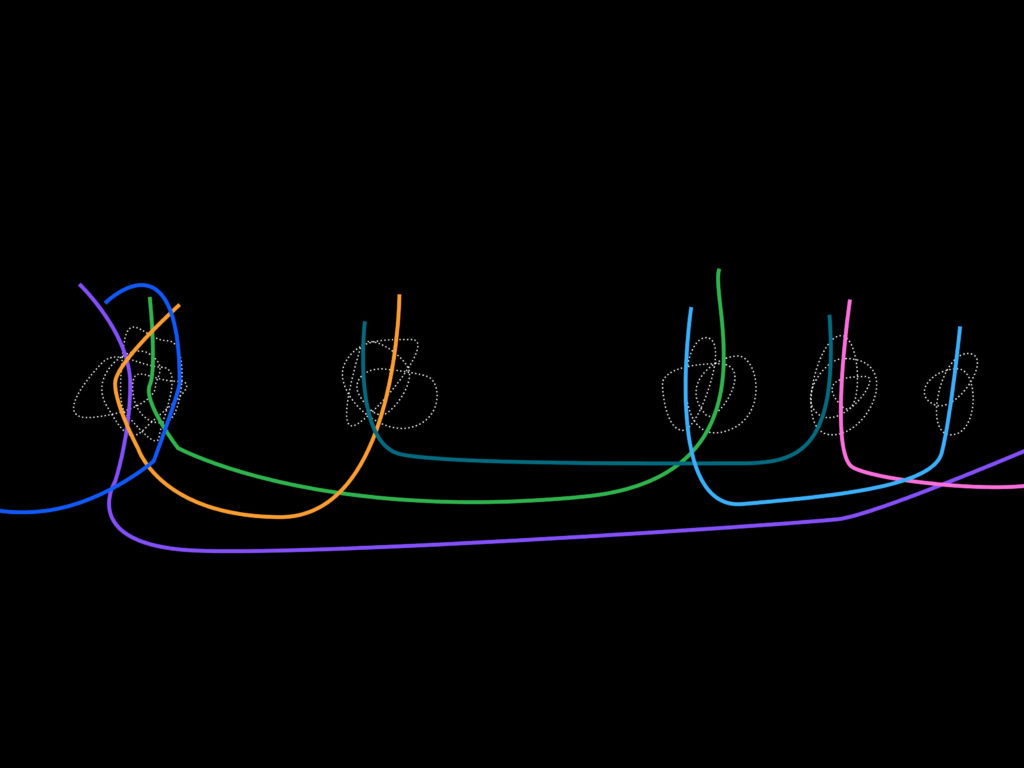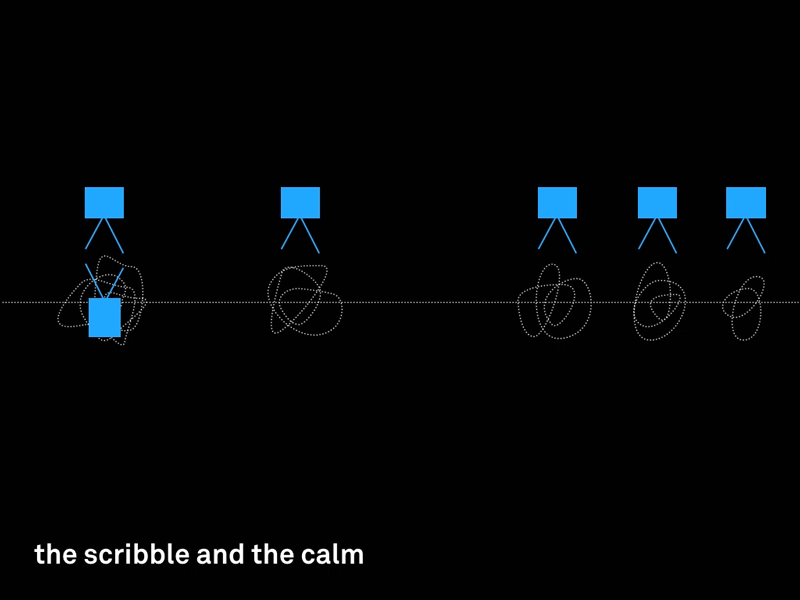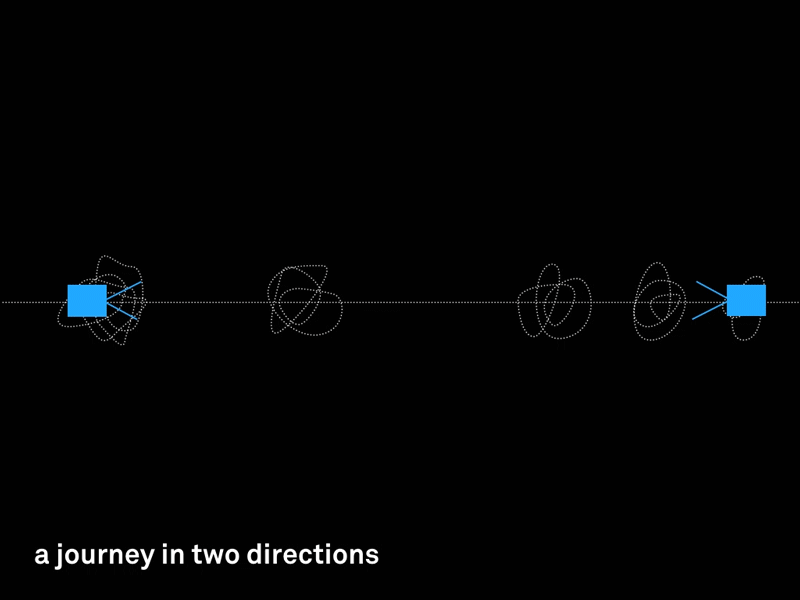Inspired by Bonobo’s Kerala video
Category: 0001 The Train & The Station
A web-doc about the subway as a place and space, as a character.
Fliptychs
My focus this week has been culling through the footage and pairing shots within the same geographies – i.e. two videos from the station perspective or two videos from the train perspective. Below are a series of screencasts that show the mouse movement interaction of switching between one side and another. Each video within the pair is continuously looping so when watching one, the user is missing out on what’s happening in the other. Some footage is used in different sets of pairs, but through the juxtaposition, different aspects of the content are emphasized.
Collecting Content and Adopting Techniques
The subway project continues to develop around three central geographies: the train, the station and the neighbourhood and examining these each as individual contexts—illustrated from within—but also as connected contexts—illustrated by moving between.
- The train is a context where many narratives converge and diverge; a continuous space of renegotiation and shuffling. It oscillates between moments of intense speed coupled with minimal but constant noise (the whurring of wind, the regular clicking of the track) to complete motionless with an outburst of excuse me’s, door dings, and alerts to “stand clear of the closing door”.
- The station is an island yet functions between the spaces of the train and the neighbourhood; it is the bridge and an interstitial space. It is slow and quiet until suddenly it is not: a train whizzes by!
- The neighborhood lives above ground, where the people provide the connection to the station, and secondarily to the train. However, sound seeps up from below through air grates with the rumble of a passing train or up the stairs with the people.
With Empire as a strong reference, I’m interested in what happens when applying their methods and juxtaposition techniques to alternative content? In Empire’s case, the narrative is driven by the personal, human stories. But if the subject of my piece is an object (the train) and a place (the station or neighborhood) rather than a person, are the techniques still appropriate? Can they be used to highlight the people within the very structured environment?
In order to test these questions, I’m considering using the same footage from each of the geographies (the train, the station, the neighbourhood) but reconstituting them through different frames of juxtaposition.
Pairs, but Separate
The first proposition is a series of diptychs, one for each geography. Each diptych is composed from two fixed-camera perspectives within the geography, but the user can only see one perspective at a time depending on they mouse position. Each side of the diptych is running simultaneously while watching the other. I’ve created a couple prototypes experimenting with the relationship between different shots. (Static images to be replaced with embedded videos…)




Note: I need to shoot more Neighbourhood footage to build out its geography.
A Triptych
Another proposition is a triptych in which the user has no control over what is playing and what is being watched. Footage from the train, station and neighbourhood is shown simultaneous. The train footage plays continually, but alternatives between the station footage and the neighbourhood footage when stationary or in motion, respectively. Note: The neighbourhood footage doesn’t feel appropriate for this at the moment. The emphasis is on the gateway down to the underground versus the neighbourhood as a context. Perhaps reframing the shot would change the focus and make clearer the relationship. Additionally, maybe there needs to be more alignment in movement like there is between the train and station shots. People exiting the stairs could correspond to when the train began moving in the middle shot.
The Subway and The Station
My final project for Alt-Docs proposes a web-doc about the subway as a place and space, as a character.

A subway train often exists between contexts (the stations) and acts as a context itself for the activity that takes place. When between stations, there’s a calmness within the subway car, but once in station and with its doors open, the subway car undergoes a reshuffling.

In relation to the stations, the train connects these fixed and disparate world.
The movement between these spaces is largely devoid of context, often travelling in tunnels without lights or changing scenery which typically orients people through travel. In this way, the train car and its people are simultaneously the context and the characters.

This external movement of the train between stations is juxtaposed with the internal stasis and consistency. The people are a step removed from movement: the train is moving but they are stationary. They’re also isolated from the external city as a context. In alternative modes of transportation such as riding the bus or walking, people physically see the change in location.

Manifestation
The web-doc will present series of video pairings, juxtaposing the train and the station. The user interaction will focus on switching between or controlling the presence of the two videos.
Potential Shots

One camera is stationed in the train, and rides the line from one end to the other. This would be paired with fixed shots from several stations along the same line. These shots would have fleeting moments of shared movement but it would also highlight the disconnect/isolation within the train as the station shots picking up other trains (purple) while the “main character” train is only “knows about” its existence.

Two simultaneous videos of the train are shot from either end of the line. They overlap for a moment in the middle. But how does this relate to the station?
Audio
The audio track for each video pairing will provide an imagined narrative. But it will be constructed from overhead conversations recorded on the train, audio book recordings of what people are reading, clips from songs the subway-riders are listening to, etc. The composited audio hopes to bring together the paired videos into a single narrative.